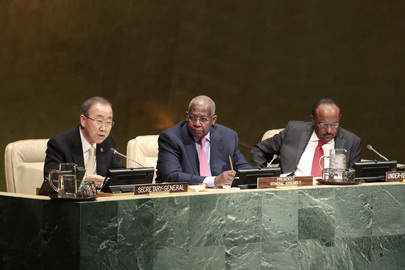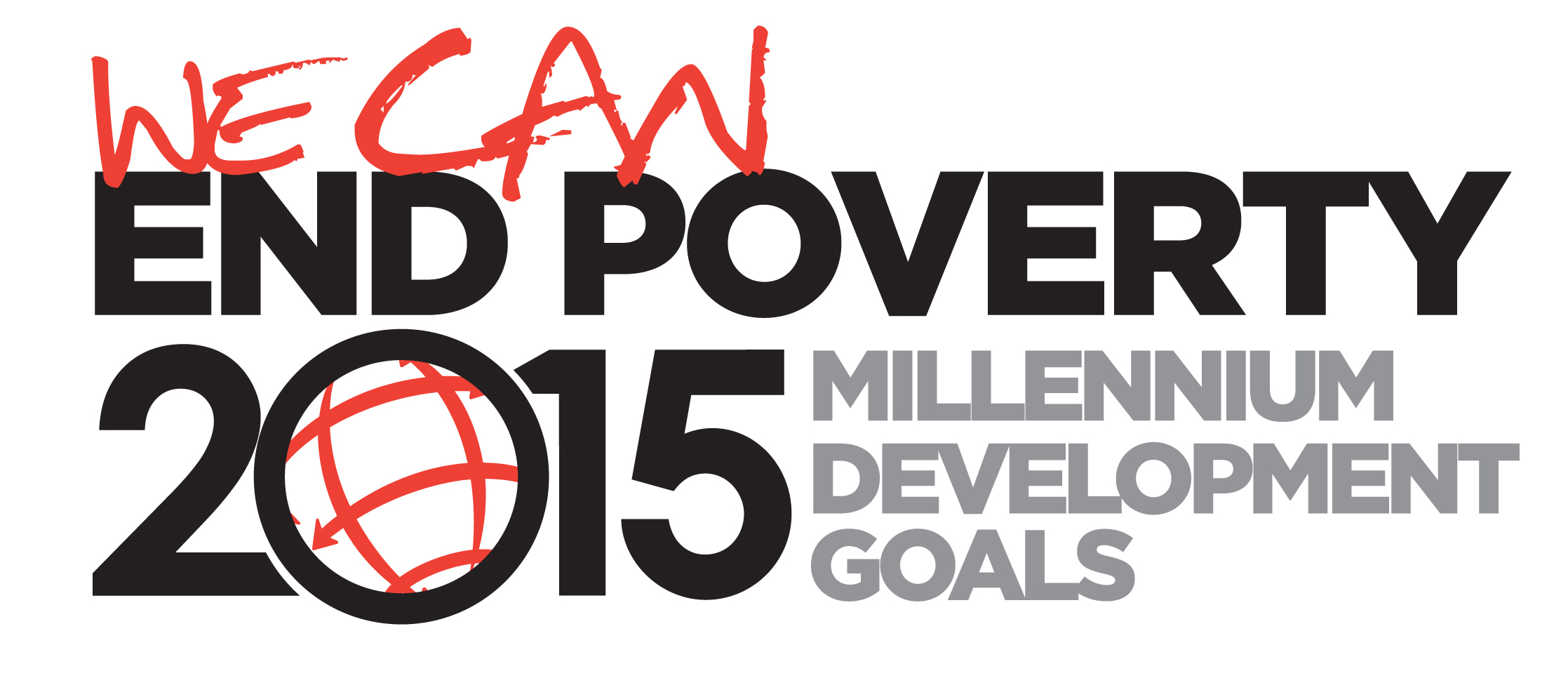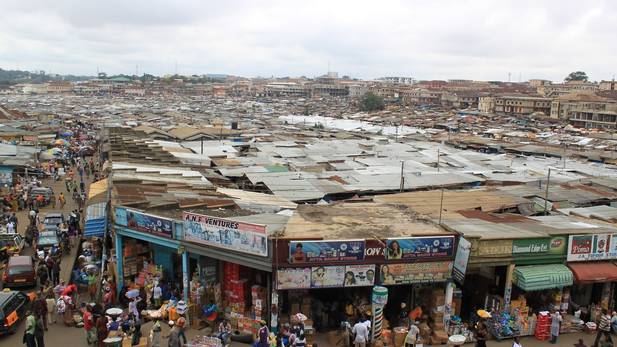Reducing Global Poverty by 50% Millennium Development Goal
Over 1.3 billion people in the world today are surviving on less than $1.25 a day. And many millions more struggle to overcome discrimination, violence, conflict and disasters. That’s why the fight against poverty and hunger is at the heart of Royal Group Charity’s action plan for international development. The action plan is met by our vision of a sustainable and just world, where people are empowered to overcome poverty and hunger and fully realize their rights and potential.
Inequality and marginalization are key drivers of poverty everywhere. People living in poverty are very often denied the rights and necessities we associate with human dignity.
These include access to nutritious food, to essential health and education services, to basic housing and shelter, to security and decent work.
The world has the resources to end poverty and hunger and ensure that people everywhere are empowered to live to their full pote ntial.
ntial.
The good news is that worldwide poverty is reducing with the Millennium Development Goal of halving world poverty by 2015. However progress is uneven and increased efforts are now needed by the international community to find solutions to the many daunting challenges which remain.
These solutions need to be informed by an understanding of the many and often complex factors which drive people into poverty and prevent them from escaping the viscous cycle of poverty in a rapidly changing world.
Almost one billion people, or one in seven of the world’s population, are hungry today.
In developing countries, 3.5 million mothers and children die needlessly each year because undernutrition leaves them more vulnerable to infectious diseases.
More than 1.5 billion people live in countries experiencing fragility due to conflict or natural disasters.
More frequent and larger humanitarian disasters are affecting more people, with a fivefold increase in the incidence of natural disasters since the 1970s.
Environmental hazards such as pollution, severe weather events and climate change are threatening livelihoods and could drive millions more into extreme poverty over the coming years.
Widening Inequality, including gender inequality remains a big challenge and can lead to people being trapped in poverty across generations.
Across regions, women’s rights are being violated and they still have less access to productive resources and opportunities.
Population growth over the next 40 years will further strain environmental resources and put food production and security under pressure.
The population share of extreme poor in developing countries was projected to fall from 29% in 1990 to 12% in 2015. By 2004, the number of people living on less than a dollar a day had fallen to 985 million, equivalent to 18% of the population of the developing world. An estimated 135 million people were pulled out of extreme poverty in low-income countries between 1999 and 2004.
The Middle East and North Africa region were on track to reach the Millennium Development Goal’s poverty target of halving, by 2015, the number of people living on less than $1 a day. South Asia was also expected to meet the target before 2015, although high population growth has meant that the number of extremely poor people in South Asia has not greatly changed. East Asia and the Pacific has already met the target. Latin America and the Caribbean and Europe and Central Asia are in danger of not meeting the target. Africa is still way off track and unlikely to meet its target.
Progress in Africa has been better since the late 1990s with the share of the region’s people living in extreme poverty dropping 4.7 percentage points over five years to 41% in 2004. At the same time high population growth left the same absolute number of poor in 2004 as in 1999, at nearly 300 million. Globally, Africa now accounts for 30 percent of the world’s extreme poor, compared with 19 percent in 1990 and only 11 percent in 1981.
Eastern and Central Asia saw 42 million people move out of $2-a-day poverty—a measure more widely accepted to assess poverty in that cold climate—between 1999 and 2004, a near halving of the total. However, the number of people still in $2-a-day poverty is more than in 1990, prior to the collapse of many of those transition economies. Less than 1 percent of Europe and Central Asia’s population was living on under $1 a day in 2004, equivalent to 4.4 million people.
East and South Asia drove global growth and poverty reduction over the past 10 years and the trend continues. The extreme poverty rate for East Asia and the Pacific (including China) was 9 percent in 2004, while the rate for South Asia was 32 percent.
Rapid global growth in 2006 provides grounds for optimism about progress in advancing the Millennium Development Goals.
For low income countries, real per capita income growth in Africa and South Asia has been stronger in the period since 2000 than any time since the 1960s, and stronger in Europe and Central Asian countries than any time since transition. Average GDP per capita growth rates for low-income countries in 2006 was estimated to be 5.9 percent, following a pick up trend that started in the 1990s.
Middle income countries continued to grow at high rates—estimated at 6.2 percent in 2006—with China and Europe and Central Asian countries at even higher rates—9.1 and 10 percent respectively.
One factor behind this performance is strong macroeconomic policies, as evidenced through continued moderate inflation rates and improved fiscal policies in some low income countries. Reduced indebtedness relative to GDP, owing in part to debt forgiveness from donors, has also helped improve fiscal outlooks.
In low-income countries, preliminary estimates suggest that, on average, growth has clearly resulted in lower poverty incidence: for a sample of 19 low-income countries, 1 percent of GDP per capita growth was associated with a 1.3 percent fall in the rate of extreme poverty and a 0.9 percent fall in the $2-a-day poverty rate.
Defining wealth as including natural assets in addition to physical and human capital leads to concerns that current rates of depletion and degradation of natural resources may be undermining the sustainability of higher growth, particularly in developing countries. In Africa, for example, the net creation of wealth has been effectively zero over the last three decades, a period in which total population more than doubled.
Extreme poverty is increasingly concentrated in fragile states, defined as those with particularly weak institutions and poor policies. These states and territories are home to 9 percent of the population living in developing countries, but nearly 27 percent of the extreme poor. Addressing the problems specific to them is thus critical to achieving the Millennium Development Goal.
Moreover, the problems of fragile states face spill over to neighboring countries through conflict, refugee flows, organized crime, spread of epidemic disease, and barriers to trade and investment.
Conflicts are a major reason why countries slide into fragility, and they extract high costs in terms of lives and physical damage, but also reduce growth and increase poverty. While the number of conflicts in low-income countries has decreased, conflicts have become shorter and more intense than before, with an average negative impact on GDP growth of around a 12 percent decline per year of conflict.
Nevertheless there are models of success: Vietnam, Mozambique, and Uganda all experienced severe violent conflict but managed a cessation of hostilities, and, subsequently, enjoyed economic growth by the introduction of programs of managed, market-oriented reform.
Aid is particularly important in fragile states because it constitutes the main source of development finance. However, multilateral institutions account for only around 8 percent of total flows from developed countries, the rest coming from bilateral sources.
As we move towards the future, Royal Group Charity Foundation would continue to fight for the cause and support the international communities into ending poverty globally.
Spread the word
Help spread the word about Royal Group Charity on Millennium development’s goal to reduce poverty by half.










